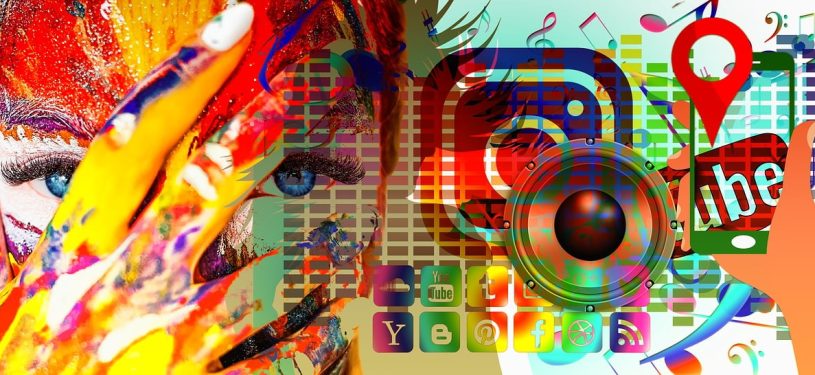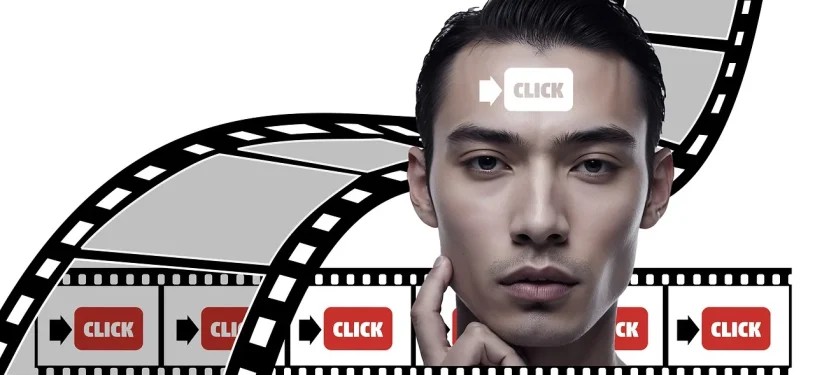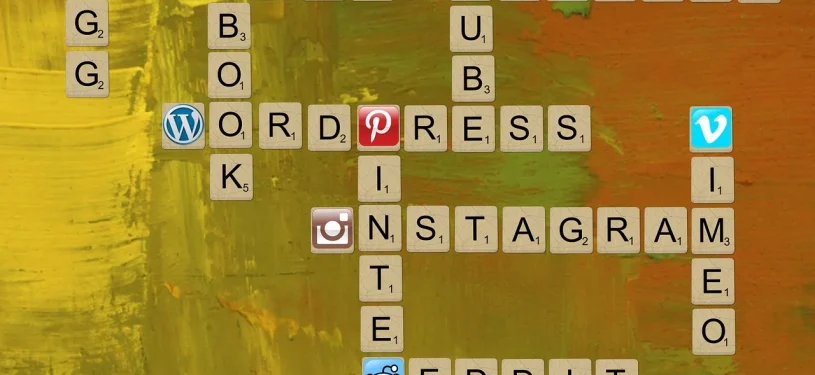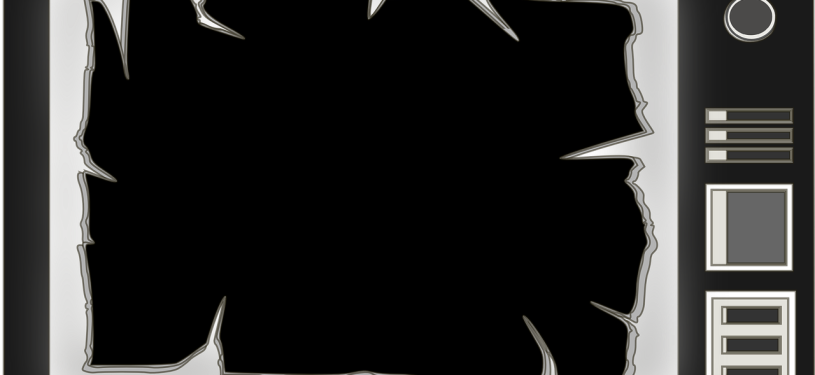for startups
Graphic Design for Startups: Crafting a Strong Visual Identity
In the competitive world of startups, establishing a distinct and memorable graphic design is crucial. A well-crafted visual identity not only enhances brand recognition but also communicates the core values and mission of a startup effectively. This comprehensive guide will delve into the essentials of graphic design for startups, exploring its significance, elements, and best practices to help your startup stand out in a crowded market.
The Importance of Graphic Design for Startups
- Graphic design plays a pivotal role in shaping the public perception of a startup. For many new businesses, the visual identity is often the first interaction potential customers have with the brand. An impactful graphic design strategy can:
- Build Brand Recognition: Consistent and engaging visuals help in creating a strong brand presence, making it easier for customers to remember and identify your startup.
- Convey Professionalism: High-quality design reflects the professionalism of your startup, fostering trust and credibility among potential clients and partners.
- Enhance User Experience: Well-designed interfaces and materials improve user experience, leading to increased satisfaction and loyalty.
Key Elements of Effective Graphic Design
To create an effective graphic design strategy, it is essential to understand and implement several key elements:
1. Logo Design
The logo is the cornerstone of your brand’s visual identity. It should be:
Unique and Memorable: A distinctive logo helps your startup stand out from competitors.
Versatile: Ensure your logo works well across various mediums, from digital platforms to print materials.
Relevant: The design should reflect the core values and mission of your startup.
2. Color Palette
Colors evoke emotions and set the tone for your brand. Choose a color palette that aligns with your brand’s personality and appeals to your target audience. Consider the psychological impact of colors and how they can be used to reinforce your brand’s message.
3. Typography
Typography is crucial for readability and brand consistency. Select fonts that:
Match Your Brand’s Voice: Choose fonts that complement your brand’s personality, whether it’s modern, playful, or professional.
Ensure Readability: The chosen fonts should be easy to read across different devices and sizes.
4. Imagery and Graphics
The use of imagery and graphics can significantly impact the visual appeal of your brand. Use high-quality, relevant images that resonate with your target audience and support your brand’s message. Custom illustrations and icons can also add a unique touch to your startup’s visual identity.
5. Consistent Brand Guidelines
Developing comprehensive brand guidelines ensures consistency across all visual elements. These guidelines should cover:
Logo Usage: Clear instructions on how to use the logo, including spacing and sizing.
Color Specifications: Details on the color palette, including hex codes and usage guidelines.
Typography: Font choices and usage rules.
Imagery Style: Guidelines for selecting and using images and graphics.
Best Practices for Startup Graphic Design
Implementing best practices can enhance the effectiveness of your graphic design efforts:
1. Understand Your Audience
Tailor your graphic design to resonate with your target audience. Conduct market research to understand their preferences, behaviors, and expectations. This insight will help you create visuals that appeal to your audience and drive engagement.
2. Keep It Simple
Simplicity often leads to better brand recognition. Avoid cluttered designs and focus on clear, concise visuals that communicate your brand’s message effectively. A clean design ensures that your message is easily understood and remembered.
3. Prioritize Quality
Invest in high-quality design work to reflect the professionalism of your startup. Poor-quality visuals can negatively impact your brand’s perception. Work with experienced designers or agencies to ensure that your graphic design meets industry standards.
4. Be Adaptable
The visual identity of a startup should be adaptable to different platforms and formats. Ensure that your designs are scalable and look good on various devices, from mobile screens to large print materials.
5. Regularly Update Your Design
As your startup evolves, so should your graphic design. Regularly update your visual identity to reflect changes in your brand’s strategy, offerings, or market position. Staying current ensures that your design remains relevant and impactful.
Conclusion
In the fast-paced startup ecosystem, a strong graphic design can make a significant difference in your brand’s success. By focusing on essential elements such as logo design, color palette, typography, and consistent brand guidelines, and by adhering to best practices, you can create a compelling visual identity that sets your startup apart from the competition.








